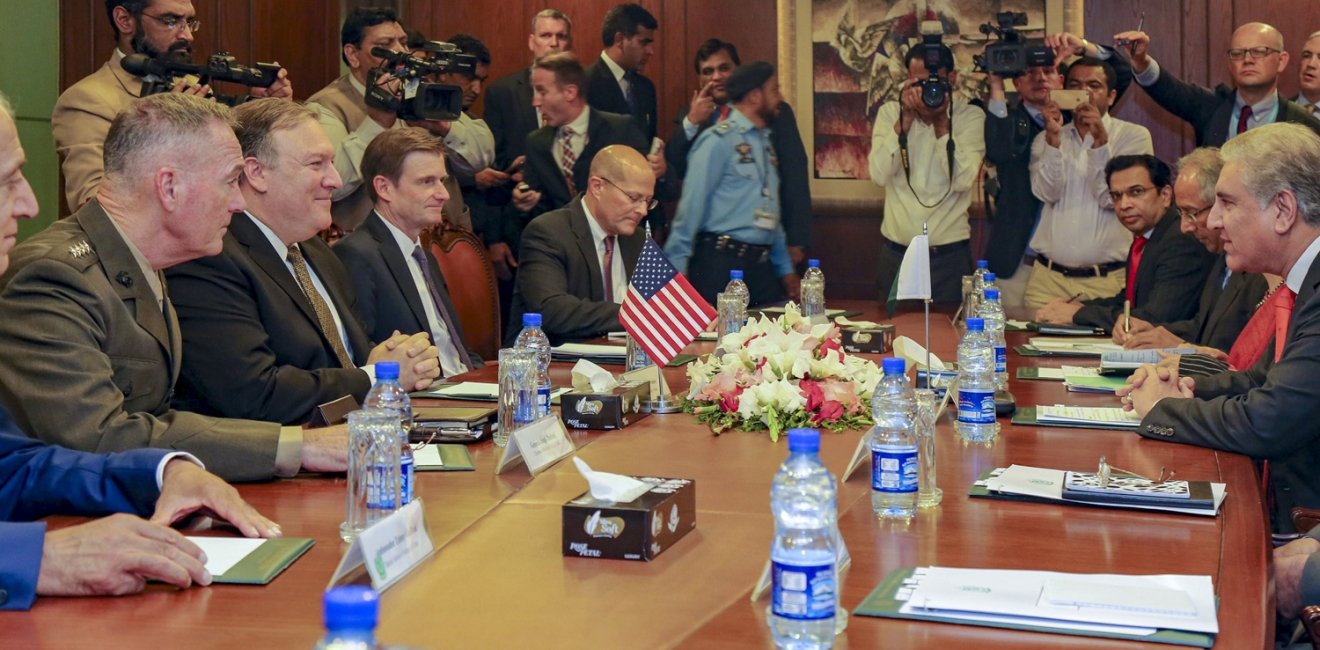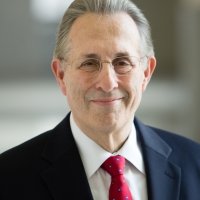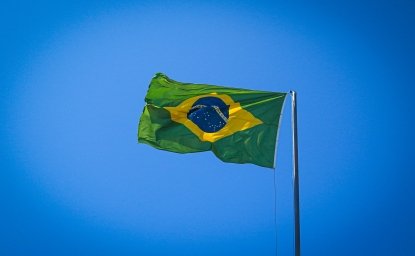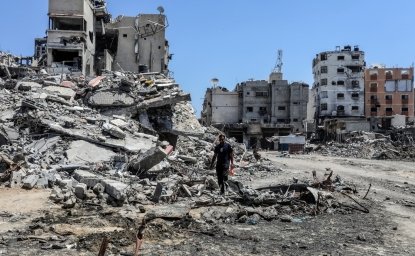Secretary of State Pompeo recently appointed four special envoys to help him manage high priority portfolios regarding Iran, Afghanistan, Syria, and North Korea. His actions are understandable and can yield valuable results, if implemented well. The nomination and confirmation process for senior State Department positions in Washington and overseas has been terribly slow, yet the world has not slowed. The Secretary of State wants capable senior individuals who can be “go-to” persons to help formulate, guide, and manage big-ticket problem areas that cut across U.S. agencies and offices and that demand focused tending of partners and adversaries to achieve progress.
Experience over the past sixty years suggests that the use of stand-alone special envoys or representatives should remain limited to a few roles of high importance and be well integrated into existing “bureaus” and interagency structures. Otherwise, these “specials” will likely add to the silos and bureaucratic infighting that have long complicated efforts to produce and implement a coherent foreign policy, and they can contribute to fragmented international policy.
In an increasingly complex and fast-paced world, the United States more than ever needs “whole of government” approaches to forge effective policies. Structures and processes should strengthen the ability of policy makers to see the larger picture, while simultaneously providing expert and informed understanding about specific issues from a range of officials, including those designated as special envoys, ambassadors-at-large, advisors, or senior coordinators. Devising a formula that fosters coherent and integrated policy options, good decisions and effective implementation is hard, and its process needs regular scrutiny.
Special Envoys, Representatives, Coordinators and Advisors: When to use them?
U.S. Presidents and Secretaries of State have turned to special representatives for a range of reasons, whether they are called envoys, ambassadors, coordinators, or advisors. They broadly fall into two groups.
One group of special representatives are named to manage a particularly important crisis or negotiation that involves multiple countries, many U.S. bureaucratic players, and demands more problem-solving hours, concentration, and travel than the normal State Department structure can handle. Secretary Pompeo’s recently named envoys fall into this category, as do various Middle East Peace envoys, the Ebola czar named under President Obama, and the envoys who led U.S. efforts on the Kosovo crisis in the late 1990s or Afghanistan work in recent years, among many others.
A second group of “specials” are named because a new area of importance arises that cannot be handled by the existing structure or because a particularly important set of stakeholders (often in Congress) thinks the issue needs to be given a “special” focus and access to the Secretary of State and other top officials. This category of envoys has had a wide variety of manifestations at the State Department from the Counter Terrorism Coordinator and the Office of Global Women’s Affairs to the special representatives to counter trafficking in persons, to protect religious freedom, to deal with hostage affairs or to promote food security.
To work well, any of these “specials” need to be well integrated into the bureaucracy, the interagency process and to have active support. However, that is often not the case, especially with the second category of envoys.
Associations representing current and former U.S. diplomats have called for limiting special envoys to a small number of key roles and integrating many of them into existing policy bureaus.
Looking at the high-stakes diplomatic envoys (the first category), a study by the U.S. Institute of Peace and the American Academy of Diplomacy argues that they are more likely to succeed in a way that reinforces overall U.S. foreign policy objectives, if the envoy is clearly empowered and well-resourced in a way which assures communication and collaboration with other relevant U.S. bureaucratic actors.
Many foreign affairs professionals regard the second type of special envoys as a mixed bag. Some like the Counter Terrorism (CT) and the Women’s Affairs Ambassadors-at-Large have become accepted as important actors on vital crosscutting issues, and CT has become a full-fledged “bureau.” Other “specials,” however, are viewed as adding structure but little value. They frequently have added more “silos” to the foreign policy process and contributed to internal conflicts. Through poor coordination with bureaus and embassies who handle the core parts of diplomacy, “specials” often end up making it more difficult to formulate a coherent international approach. Additionally, while the envoys may nominally be attached to the Secretary of State’s office, they often do not get regular access to the Secretary, nor do they function well with other parts of the bureaucracy or interagency actors.
For such reasons, associations representing current and former U.S. diplomats have called for limiting special envoys to a small number of key roles and integrating many of them into existing policy bureaus. This also explains why these groups of foreign policy professionals welcomed the reduction of special envoys at the beginning of the Trump Administration, even though they were opposing efforts to reduce State Department funding and personnel.
To clarify: the objection from professional diplomats is not an objection to special envoys per se, but rather that special envoys are often not integrated into the relevant bureaus at the State Department. Integration into a bureau, for example, would allow for better communication and coordination on policy and implementation. Even including “specials” in a cluster of bureaus reporting to an Under Secretary helps integrate policy priorities and sort out differences. Though professional diplomats also point out that, in many cases, an existing Assistant or Deputy Assistant Secretary can take on the “special” tasks, rather than creating a new entity.
There are numerous examples of where “specials” worked well. In the State Department’s European and Economic bureaus in the late 1990s and first six years of the 2000s, special representatives were very successfully integrated into each bureau allowing them to carry out their focused roles in a way that worked in sync with wider and related policies. The special advisors for the Kosovo crisis, for Holocaust issues, and for assistance to Central Europe worked smoothly in the European Bureau, using that organization as a base for coordination with other bureaus, agencies, embassies and international partners. The Economic Bureau successfully integrated the ambassador for international communications and information policy, the advisor for conflict diamonds, and the senior advisor for Caspian Basin Energy Issues, while the bureau’s leadership took on the new tasks of going after terrorist financing in the wake of the 9/11 attacks, without the need for a “special” representative.
Difficulty of achieving an effective and coherent international policy process
Assuring effective coordination and integration of America’s international policy has long been a serious challenge for reasons other than the use of special envoys. The renowned study of the Cuban Missile crisis by Allison and Zelikow, the political science classic on bureaucratic politics and foreign policy by Halperin and Clapp, and the histories of the National Security Council written by Rothkopf and others document well the lessons and missteps since World War II in trying to get the foreign policy process right.
Some administrations have been better than others have at minimizing the natural tendencies for agencies and individuals to go their own way and act as “silos,” rather than forging international policy with teamwork, a well-functioning decision process and good implementation. Importantly, a well-coordinated and disciplined policy process also facilitates the ability of leaders to explain clearly U.S. priorities and vision to other governments, Congress, and the public.
Centrifugal forces arise in every administration. The National Security Council under President George H.W. Bush with NSC Advisor Brent Scowcroft arguably achieved the best approach for an effective and efficient NSC process that curbed tendencies to work in silos and prized teamwork in policy development and implementation. Crucially, the President empowered his Secretary of State to be the leader in taking forward key foreign policy decisions. This team produced excellent decisions on how to handle the fall of the Iron Curtain, the reunification of Germany, the invasion of Kuwait, and the negotiation of major trade agreements, and, carried them out with aplomb.
Even that model team had shortcomings, however. The decisions to turn away from Afghanistan once the Soviets left and not to engage seriously to temper the violence in the former Yugoslavia proved costlier than expected. On the process side, they had not integrated the Treasury Department fully into the NSC process. Once George W. Bush was elected, veterans from the H.W. Bush years made sure to integrate Treasury into the NSC process.
Complex 21st Century World
While the basic model of the George H.W. Presidency still shines brightly, the tasks of managing U.S. international policy have become more complicated since those years. The international agenda has grown significantly. The number of consequential actors has multiplied exponentially. U.S. engagement expanded in “long wars” in Afghanistan, Iraq and elsewhere against terrorism and extremism. New technologies are adding new challenges, such as cybersecurity. The rapid flows of massive amounts of information challenge our ability to absorb meanings while demanding immediate responses.
The challenges of achieving successes are magnified by the ongoing need to build international (and domestic) coalitions around agreed strategies as well as the complicated work of dealing with adversaries.
These developments have added players to the national security team, such as the Secretary of Homeland Security and the Director for National Intelligence. Environmental and health threats have required other agencies to become involved. All these factors compound the need for a “whole of government” approach.
Whole of Government Policies
Today’s international challenges frequently cut across the traditional bounds of individual U.S. government agencies and invite the broader use of special envoys of various types. They simultaneously underscore the need for more “whole of government” problem-solving and policy innovation in the White House, in the interagency process, and in the State Department and in U.S. Embassies. The U.S. Embassy in Mexico, for example, has some 30 U.S. agencies represented and across-USG strategies and proposals are needed to manage well bilateral relations.
The challenges of achieving successes are magnified by the ongoing need to build international (and domestic) coalitions around agreed strategies as well as the complicated work of dealing with adversaries.
This complex pattern of issues makes it harder to implement well policies involving action by multiple USG actors and more difficult for Congress and the American public to make sense of what is going on in the international arena. Leaders themselves have a much harder time understanding the complexity and setting priorities in a manner that renders a clear, coherent vision. Without strong discipline and good systems to forge and carry out “whole of government” decisions, silos, stovepipes, and in-fighting will add incoherence.
Obama Administration
During the Obama years, Secretaries Clinton and Kerry established many new special envoys, representatives and offices at the State Department, while at the White House, the National Security Council (NSC) and others, such as the Homeland Security Advisor, were given more power to manage international decision-making and policy implementation.
This two-pronged approach often produced a more micromanaged, cumbersome, and “balkanized” process, diminishing the role of agencies like the State Department. Ironically, the concentration of day-to-day policy management in the NSC and the proliferation of special envoys contributed to the difficulty of setting clear priorities and vision for U.S. foreign policy by cluttering and slowing the policy process.
Special envoys also effectively weakened the main-line “bureaus” at State. The proliferation of specials multiplied the channels reporting to the top and diminished the integration and prioritization that should have taken place first within key geographic and functional bureaus at State. Crucially, with a larger role for White House/NSC staff, the Secretary of State was not as empowered to lead international policy on behalf of the President, as had been the case in the model established under George Bush senior. The interagency process could also arguably have worked more effectively at developing and integrating perspectives by having more leadership of senior officials from State and other agencies, working with the NSC staff.
The United States needs structures and processes adjusted for the added complexity of today’s international policy agenda. They should effectively integrate the additional policy actors, whether they be special envoys or new substantive specialists.
At the end of the Obama years, the Atlantic Council, the Heritage Foundation and the Rand Corporation, among others, provided excellent recommendations for the incoming Trump team on how to mitigate the challenges and draw best practices from previous U.S. administrations. It is not clear that many of those suggestions were adopted, though Secretary of State Tillerson did take up the proposal to reduce the number of special envoys.
Coherent Foreign Policy Solutions and Vision
The United States needs structures and processes adjusted for the added complexity of today’s international policy agenda. They should effectively integrate the additional policy actors, whether they be special envoys or new substantive specialists. As the studies cited above make clear, a disciplined culture that demands teamwork, collaboration, and communication and that penalizes those who do not follow the norms is essential for good outcomes.
More than ever, America’s decision makers need a better integrated understanding of the interconnections between priority problems and broader U.S. interests. We need to keep asking if our foreign policy processes are producing the well-coordinated “whole of government” policies and clear vision required to successfully steer America through the complex global terrain ahead.





